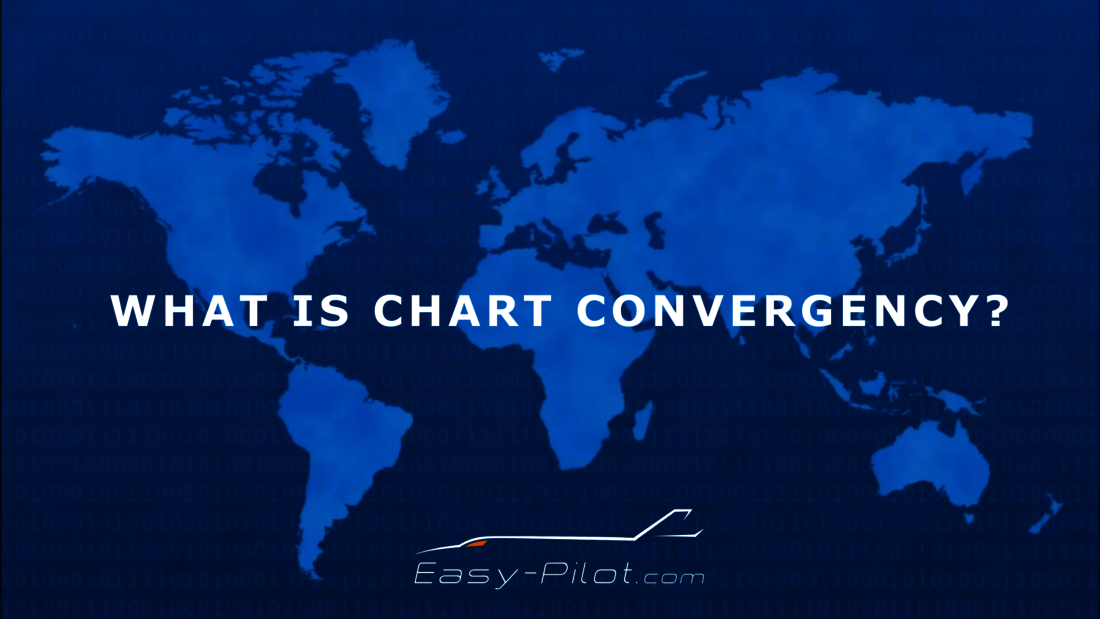
What is Convergency?
When navigating with aeronautical charts, understanding chart convergency is important. This refers to the angle between the meridians (longitude lines) on a chart and the true north-south lines of the Earth.
The convergence indicates how much the track changes per degree of longitude traveled and varies with latitude.
Earth Convergency vs. Chart Convergency
Earth Convergency: Describes how the true bearing along a great circle track changes.
Chart Convergency: Describes how the track bearing of a straight line on a chart changes as you move.
Convergency Across Different Chart Projections
Lambert Conformal Conic Projection:
- Projection it is change of longitude multiplied by the sine of the mean latitude - it equals Earth convergency at the (PO) Parallel of Origin but otherwise remains constant everywhere.
- The sine of the PO is called the constant of the cone - as the meridians are straight, the value is constant over the chart, instead of changing between latitudes, as it would on the Earth.
Polar Stereographic Projection:
- Chart convergency equals the change in longitude, as meridians are straight lines converging at the poles.
- This projection reflects longitude changes without distortion.
Mercator Projection:
- There is no chart convergency because the meridians are parallel lines.
- Useful near the Equator but less accurate at higher latitudes.
Check out our video on the topic!

Attila Kis
ATPL Course Supervisor
a.kis@easy-pilot.com


